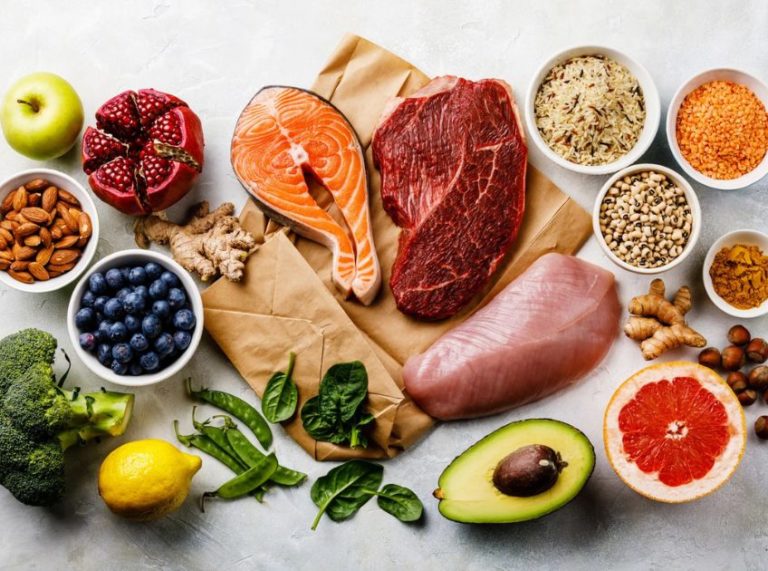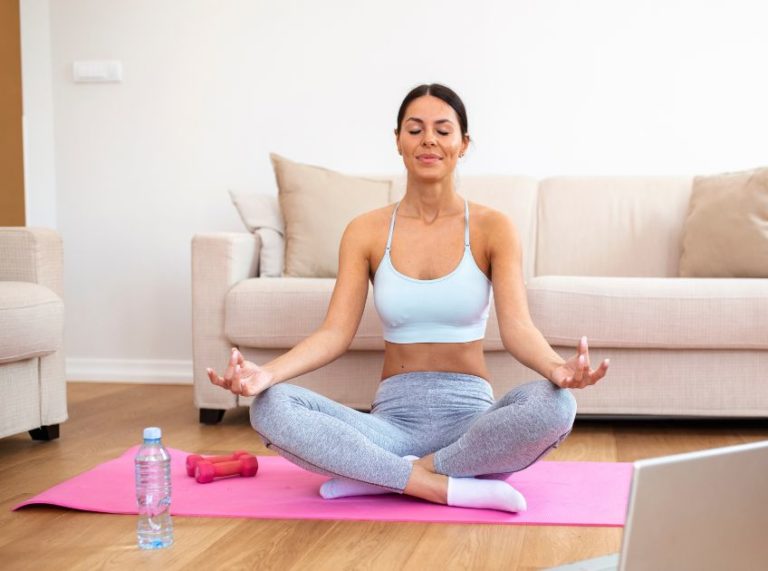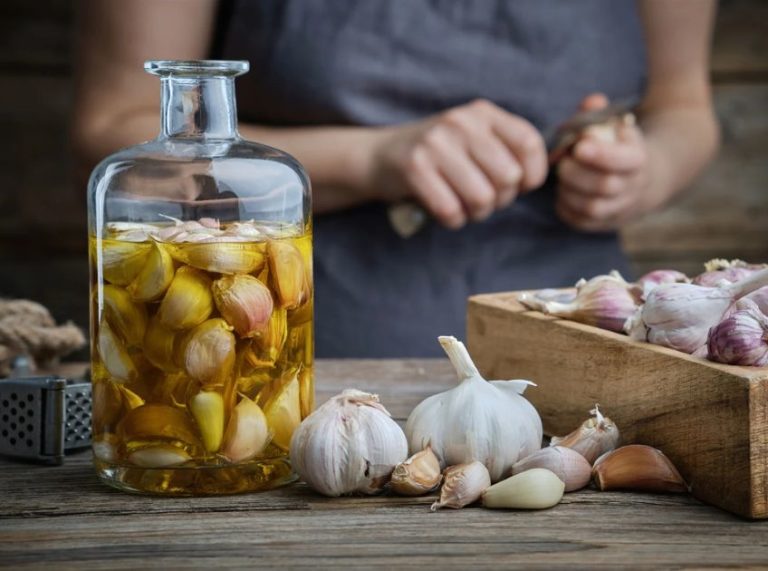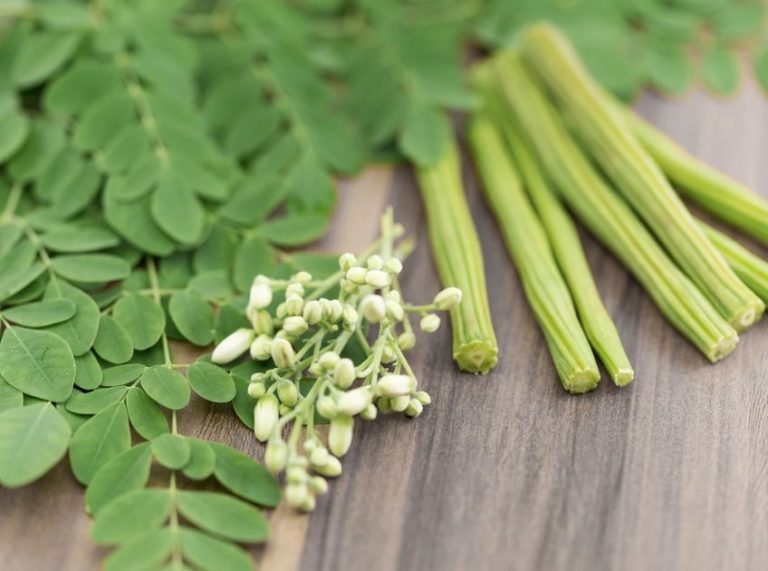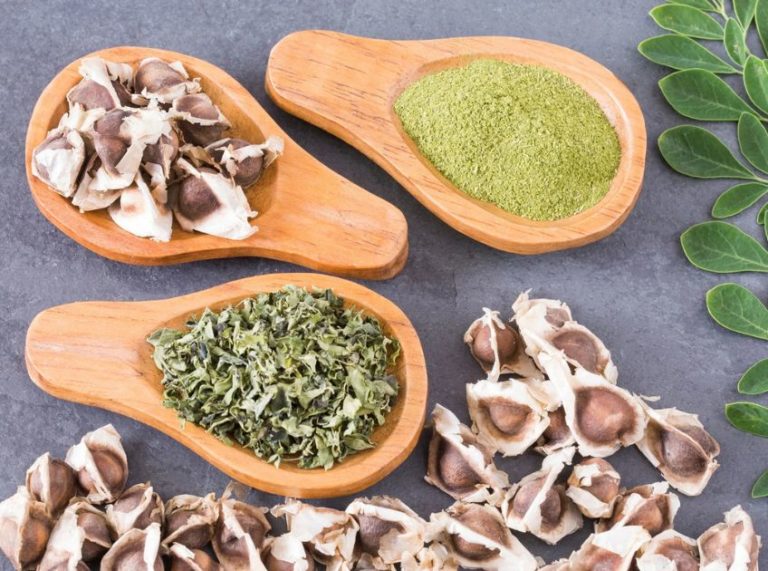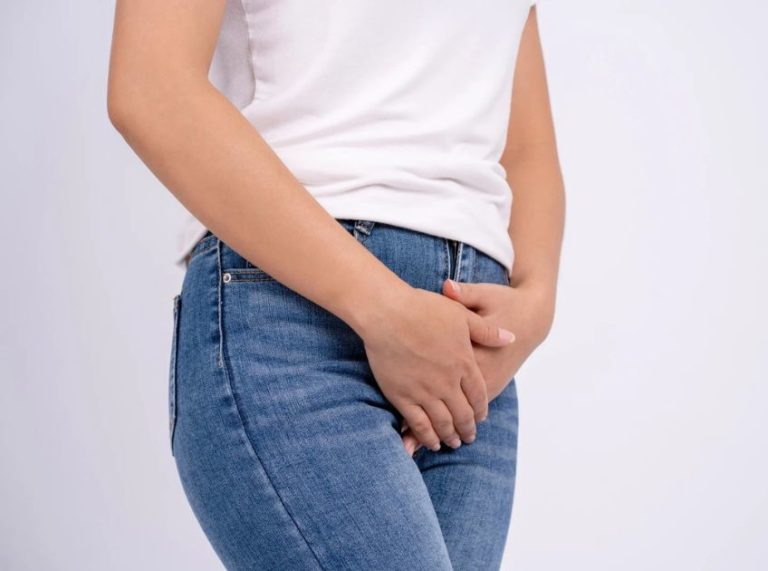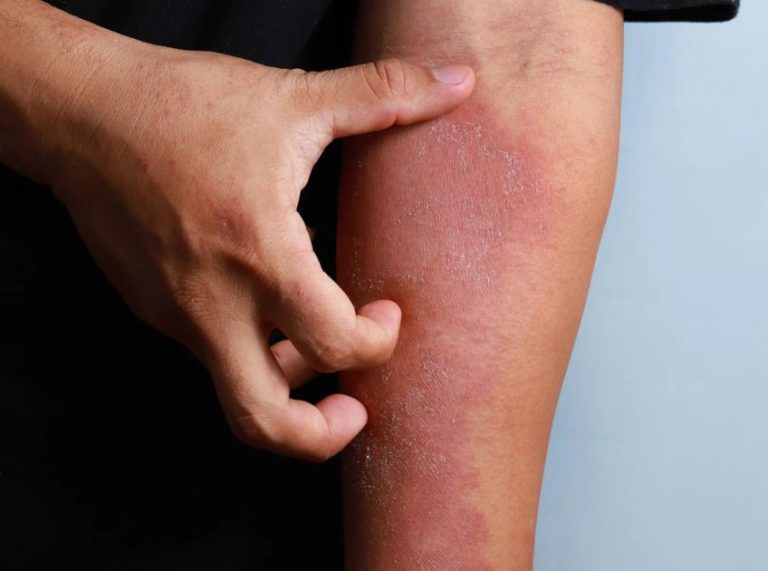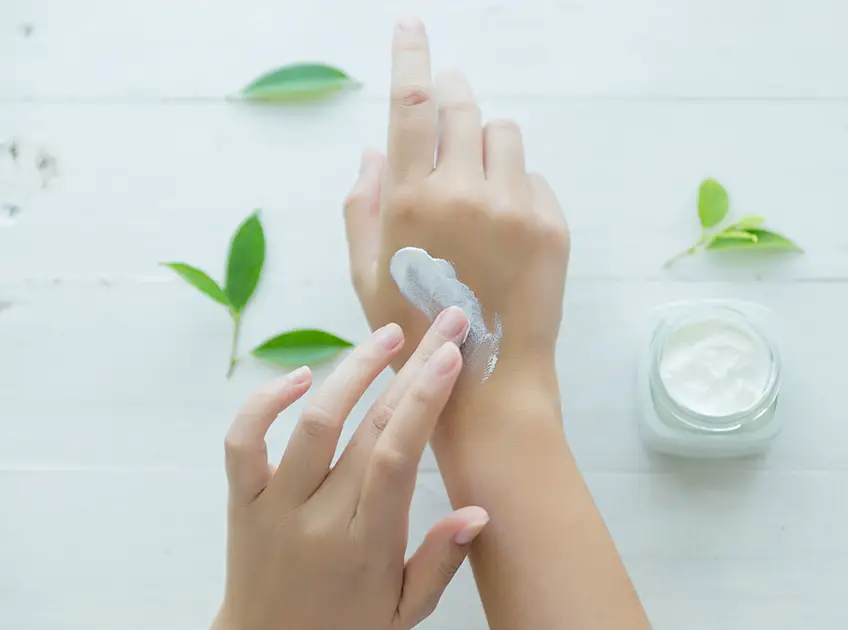
Important: This article is for informational purposes only. Please read our full disclaimer for more details.
Burns are a common injury that can range in severity from mild to severe. While minor burns may be treated at home with simple home remedies, more severe burns may require medical attention. It’s important to recognize the signs of a severe burn and seek medical help if necessary.
In the meantime, there are several home remedies that can help to soothe and heal minor burns. In this article, we will provide an overview of some of the best home remedies for burns, including their benefits and how to use them. From natural oils and aloe vera to honey and tea bags, these home remedies can help to alleviate pain and promote healing.
What Can Cause Burns?
There are many things that can cause burns. Some of the most common include:
- Fire
- Hot liquids or objects
- Chemicals
- Radiation (including UV rays from the sun)
What Type of Burns are Treatable at Home?

Most minor burns can be treated at home with little more than over-the-counter pain relievers and cool compresses. However, more severe burns should always be seen by a doctor.
Home Remedies to Treat a Burn at Home
For minor burns, here are a few home remedies:
1. Cool it with Cold Water
The first thing you should do when you get a minor burn is to hold the affected area under cold water for at least five minutes. This will help to cool the skin and stop the burning sensation.
2. Apply Aloe Vera Gel

Aloe vera gel is a natural remedy for burns. It has soothing and cooling properties that can help to reduce the pain and inflammation associated with burns. This method has been used since ancient times to treat burns. [2]
You’ll Need:
- Take an aloe vera stem and extract the gel
- Take some gel and apply it gently on the burns
- Leave it on for 10 minutes before rinsing with cold water
- You can repeat this process 2 times a day.
3. Apply Petroleum Jelly
If you don’t have aloe vera gel, another option is to apply petroleum jelly to the affected area. Petroleum jelly will help to keep the area moist and protect it from further damage.
You’ll Need:
- Apply petroleum jelly 2-3 times a day.
4. Apply a Cool Compress
You can also apply a cool compress to the affected area. This will help to reduce the swelling and pain.
You’ll Need:
- Take a clean towel
- Soak the towel in cold water and wring it
- Apply the cold compress on the affected area for 5-10 minutes
- Or you can wrap an icepack in the towel and apply it on the burn.
- You can repeat this process 2-3 times daily.
5. Apply Some Honey
Honey is a natural antiseptic and has healing properties.
- Apply a thin layer of honey to the affected area and cover with a bandage.
- Leave it on for at least an hour
- Wash it off with some cool water.
- Repeat this process twice a day.
6. Wrap with Thin Plastic
If you have a minor burn that is not too painful, you can try wrapping it with a thin layer of plastic wrap. This will help to keep the area clean and protected while it heals.
7. Bandage the Burn
If you have a burn with opened blisters, you will need to cover it with a sterile gauze bandage or wrap. This will help to keep the area clean and prevent infection. Change the bandage at least once a day.
8. Apply Some Antibiotic Creams
If you have a burn that is prone to infection, you can try applying some over-the-counter antibiotic creams. These creams will help to prevent infection and speed up the healing process. Apply the cream 2-3 times a day.
9. Calendula Extracts
Calendula is a plant that has been used for centuries to treat wounds and burns. It has natural healing properties that can help to speed up the healing process.
You’ll Need:
- Take a teaspoon of calendula extracts
- Apply calendula extract on the burn
- Rinse it after 10 minutes
- Repeat this process until the wound is healed.
10. Don’t Expose the Wound in Direct Sunlight
When you have a burn, it is important to protect the area from further damage. This means keeping the wound covered and out of direct sunlight. Direct sunlight can cause further damage to the skin and prolong the healing process.
When to Consult a Doctor?
If you have a severe burn, it is important to see a doctor right away. Severe burns can lead to infection and other complications. Signs of a severe burn include:
- Burns that cover more than 3 inches (7.5 cm) of skin
- Burns that are very deep
- Burns on the face, hands, feet, or genitals
- Burns that cause blistering or charring of the skin
- Third degree burns (white, leathery looking skin)
If you have any questions about burns or how to treat them, be sure to consult a doctor or medical professional. They will be able to give you the best advice for your specific situation.
Most of these home remedies are sufficient for minor burns that are not very serious. In case of a 2nd to 3rd degree burns, be sure to see a doctor as soon as possible to prevent any complications. If you have any questions about these remedies or how to treat them, be sure to talk to a doctor before trying them. They will be able to give you the best advice for your specific situation.
Image Credit: freepik
You Might Also Like:
- 7 Best Creams For Skin Graft
- 7 Best Essential Oils For Ganglion Cyst
- How to Use Coconut Oil for Heal Burns?
- How to Use Honey to Heal Wounds?
- How to Use Apple Cider Vinegar for Wrinkles?
- How Does Apple Cider Vinegar Stop Coughing?
- Apple Cider Vinegar Shots: Benefits and Recipes
